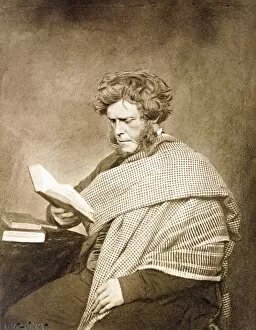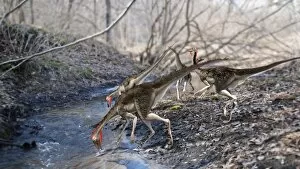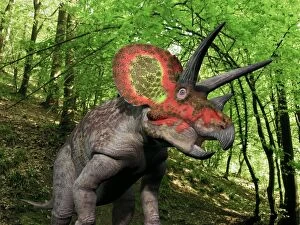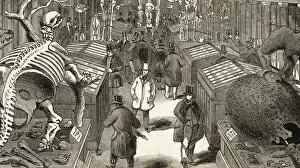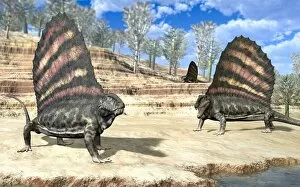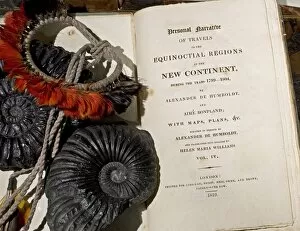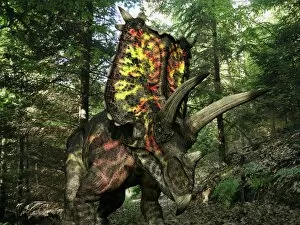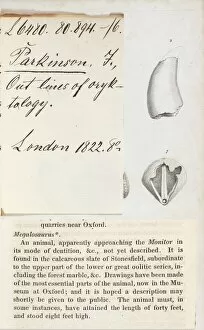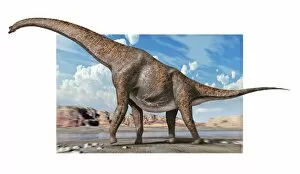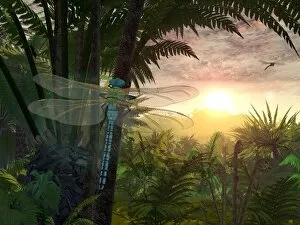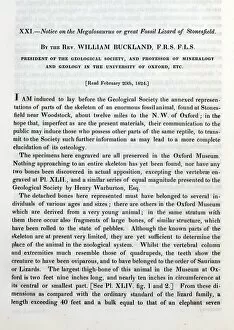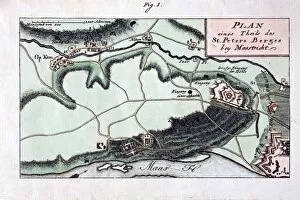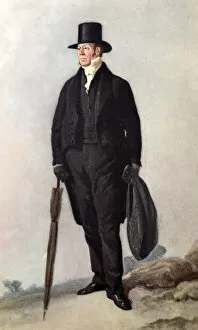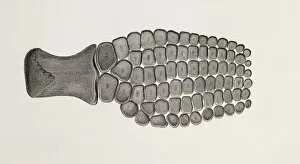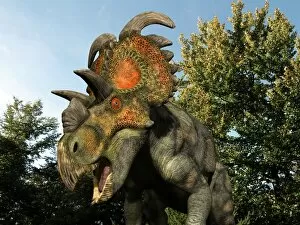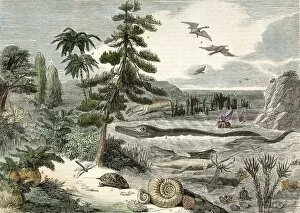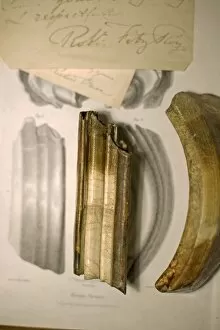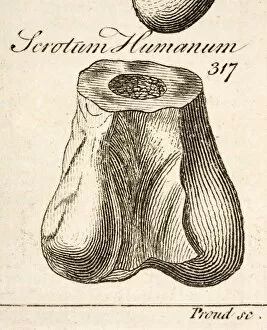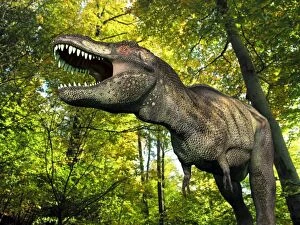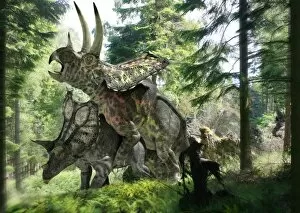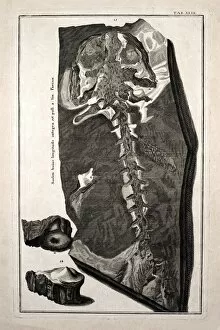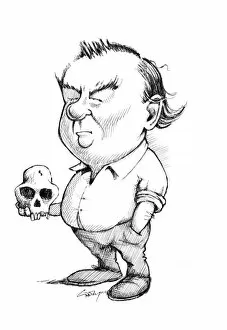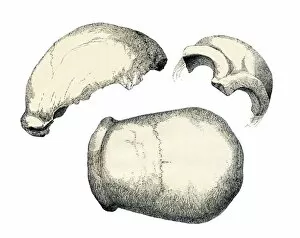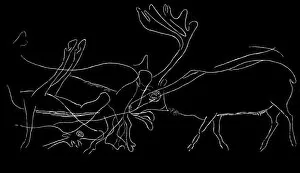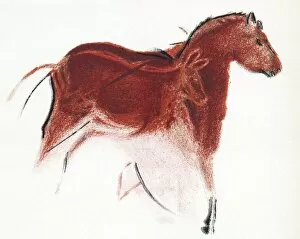Palaeontology Collection (#60)
"Unraveling the Mysteries of the Past: A Journey through Palaeontology" Step into the world and embark on a captivating adventure through time
For sale as Licensed Images
Choose your image, Select your licence and Download the media
"Unraveling the Mysteries of the Past: A Journey through Palaeontology" Step into the world and embark on a captivating adventure through time. From the remarkable Lascaux II cave painting replica, depicting ancient human artistry, to the intricate geological strata that reveal secrets buried for centuries. Follow in the footsteps of our ancestors along the Trail of Laetoli footprints, preserved imprints capturing a moment frozen in time. Marvel at the fossil tooth of a mighty megalodon shark, once ruler of prehistoric oceans, now displayed at Oceanopolis Brest Brittany France. Behold Archaeopteryx, known as "the first bird, " showcasing both dinosaurian and avian features - a mesmerizing link between two worlds. Witness stages in human evolution unfold before your eyes, tracing our journey from primitive beings to modern Homo sapiens. Illuminate an ancient ammonite under UV light; Desmoceras spp. , from Madagascar's Albian Stage during Upper Early Cretaceous era - its vibrant hues revealing hidden beauty. Encounter another Archaeopteryx specimen in Berlin-Germany; this fossilized bird offers insights into Jurassic life like no other. Discover tools used by prehistoric humans such as spear-throwers that aided their survival amidst formidable challenges. Gaze upon Tyrannosaurus rex dinosaurs mating - an awe-inspiring glimpse into their primal existence. Lastly, encounter Coelacanth fossils found off South Africa's coast in 1938 after being thought extinct since the Cretaceous period. These living fossils challenge our understanding of evolution and remind us that nature holds many surprises yet to be unveiled. Palaeontology invites us to unravel Earth's enigmatic past and connect with creatures long gone but never forgotten, and is through these remnants we gain insight into our own origins while fueling curiosity about what lies beyond our current knowledge horizon.

